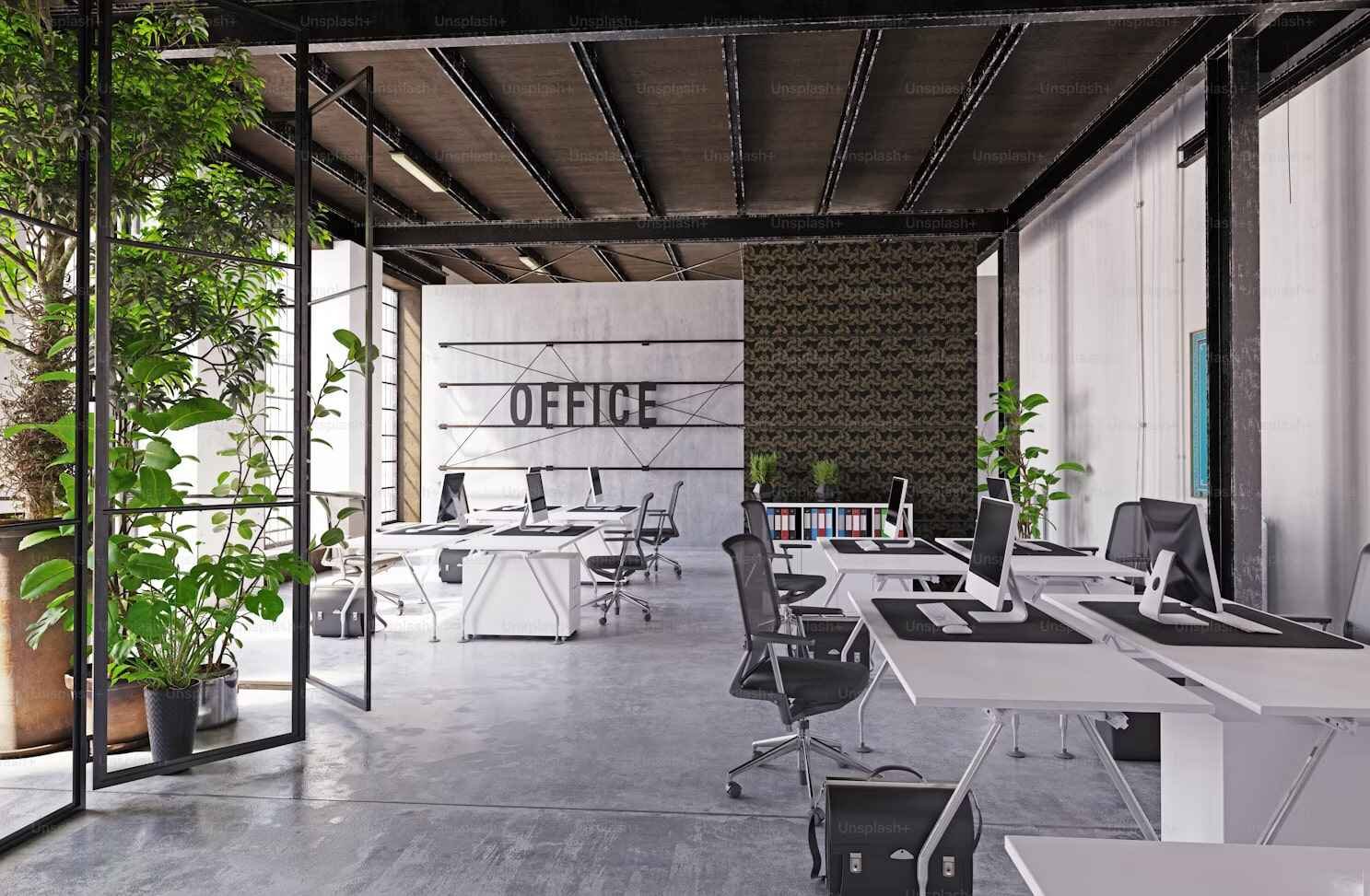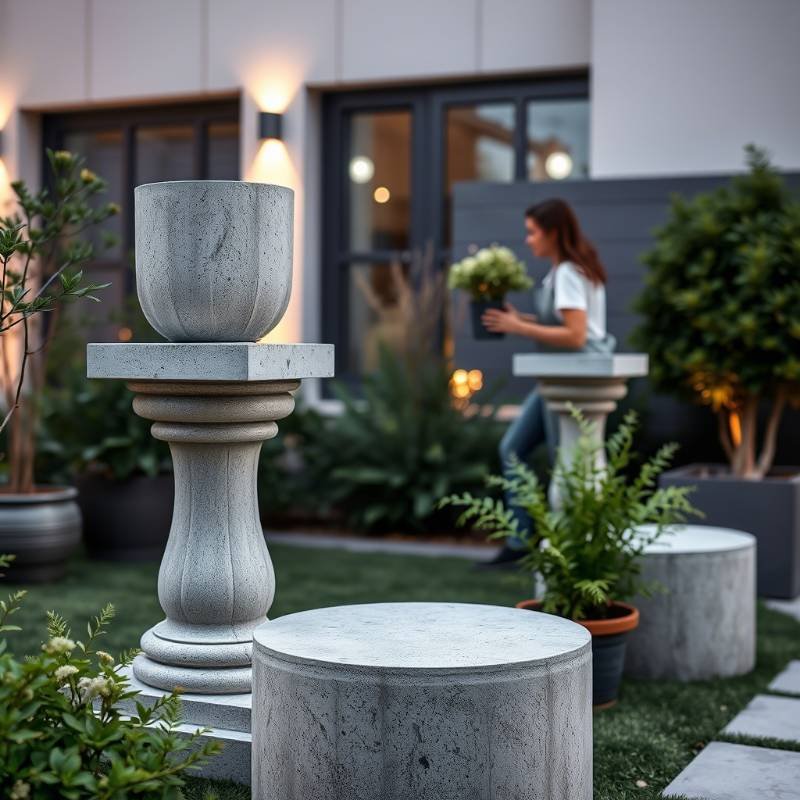In today’s fast-paced corporate world, collaboration is no longer just a buzzword—it is a necessity for innovation, agility, and sustainable business growth. The way an office is designed can significantly influence how employees interact, communicate, and ultimately, perform. Choosing the right office layout is not simply a matter of aesthetics; it is a strategic decision that can empower your teams to work smarter, faster, and together.
1. Open-Plan Layout: Breaking Down the Walls to Build Stronger Teams
The open-plan office remains one of the most popular collaborative layouts, and for good reason. By eliminating physical barriers such as cubicles and enclosed offices, an open-plan design fosters spontaneous interactions and real-time communication. Teams can easily bounce ideas off one another, share feedback, and work in synchrony without the friction caused by walls or doors.
This layout supports transparency and accessibility, especially beneficial for organizations that value flat hierarchies and agile workflows. However, to ensure productivity isn’t compromised by noise or distractions, it’s essential to incorporate acoustic treatments, privacy pods, and clearly defined collaborative zones.
2. Team-Based Neighborhoods: Custom Zones for Cohesive Units
Unlike traditional layouts where departments are siloed, team-based neighborhoods are tailored spaces assigned to specific project teams or business units. This layout mimics the functionality of small ecosystems, encouraging constant collaboration within a focused environment. Whether it’s a product development team or a marketing squad, proximity increases engagement, reduces email back-and-forths, and streamlines project timelines.
Moreover, these neighborhoods often feature a combination of shared desks, meeting spaces, and breakout zones, allowing teams to shift between focused work and collaboration fluidly. The environment organically evolves with the team’s needs, creating an adaptable workspace that grows with your business.
3. Activity-Based Working (ABW): Freedom to Choose, Power to Collaborate
Activity-Based Working is a layout philosophy that provides a variety of work settings tailored to different tasks. Instead of assigning desks to individuals, ABW allows employees to choose from a selection of spaces—whether it’s a quiet pod for focused work, a lounge for informal chats, or a brainstorming area equipped with whiteboards and digital displays.
This model is ideal for fostering a culture of accountability and trust while encouraging cross-functional collaboration. Employees are no longer confined to static desks, which promotes interdepartmental mingling and idea exchange. ABW also optimizes space usage, allowing businesses to reduce real estate costs while boosting employee satisfaction.
4. Hub-and-Spoke Model: Centralizing Collaboration with Decentralized Focus
The hub-and-spoke layout combines a central communal hub with peripheral workstations. The central hub serves as a high-energy collaboration zone where teams can gather for meetings, workshops, or spontaneous discussions. The spokes, on the other hand, provide quieter areas for individual work, research, and deep thinking.
This layout is especially effective for hybrid work environments where employees come into the office primarily for teamwork and spend the rest of their time working remotely. By creating a vibrant, magnetic hub, businesses can foster a sense of community and innovation, while still offering the privacy and focus needed for high-quality output.
5. Modular and Flexible Layouts: Designing for Change and Innovation
In a world where business needs evolve rapidly, a static office layout can quickly become obsolete. Modular designs, featuring movable walls, adaptable furniture, and reconfigurable zones, offer the flexibility to reshape workspaces as needed. Need a collaboration zone today and a training area tomorrow?
With modular layouts, it’s entirely possible. These environments support both long-term adaptability and daily shifts in working styles. The flexibility encourages experimentation, creativity, and a mindset open to change—traits that are essential for collaborative success. Moreover, modular designs are often more sustainable, aligning with eco-conscious workplace strategies that appeal to modern talent.
In all these layouts, thoughtful consideration of office layout tips can amplify the collaborative impact. Elements such as lighting, acoustics, color psychology, ergonomic furniture, and smart technology integrations play a critical role in supporting a productive and inspiring work environment.
Ultimately, the most effective collaborative office layout depends on your organization’s culture, workflow, and team dynamics. What works for a tech startup may not suit a legal firm. The key is to design with intention, aligning spatial design with organizational goals. By doing so, businesses not only enhance collaboration but also drive performance, innovation, and employee well-being.
For those seeking expert guidance in implementing these concepts, partnering with experienced office interior designers in Gurgaon can provide tailored solutions that blend function with aesthetics seamlessly.



